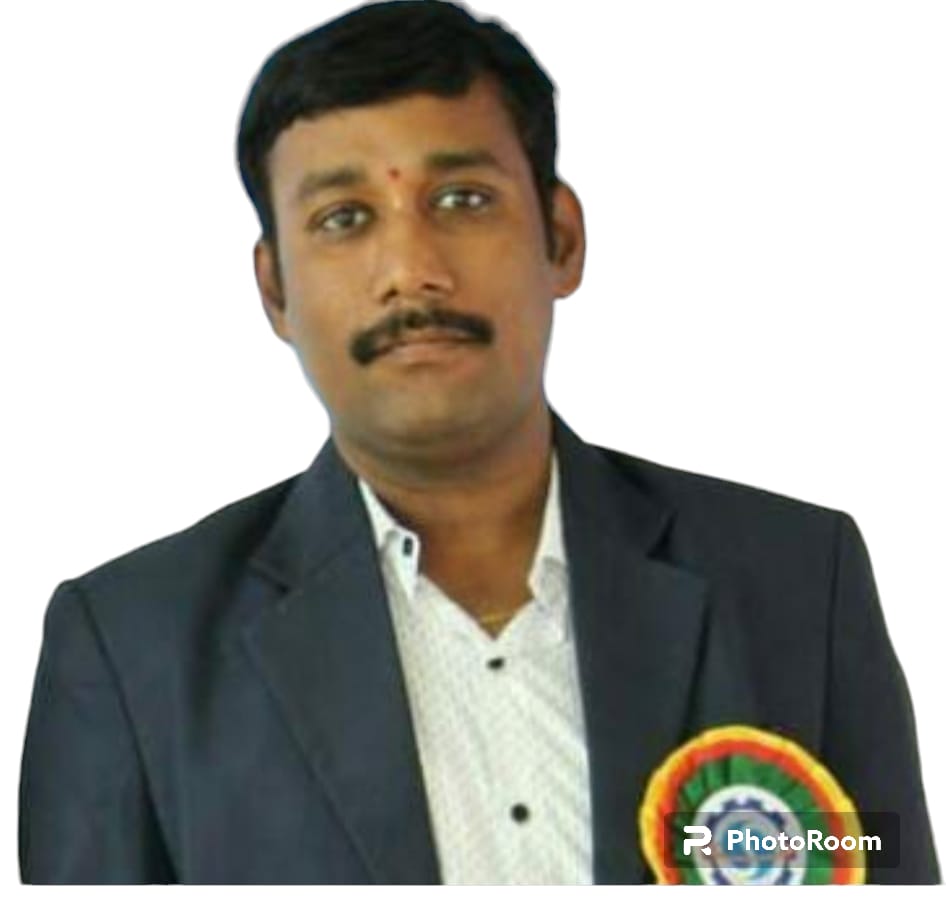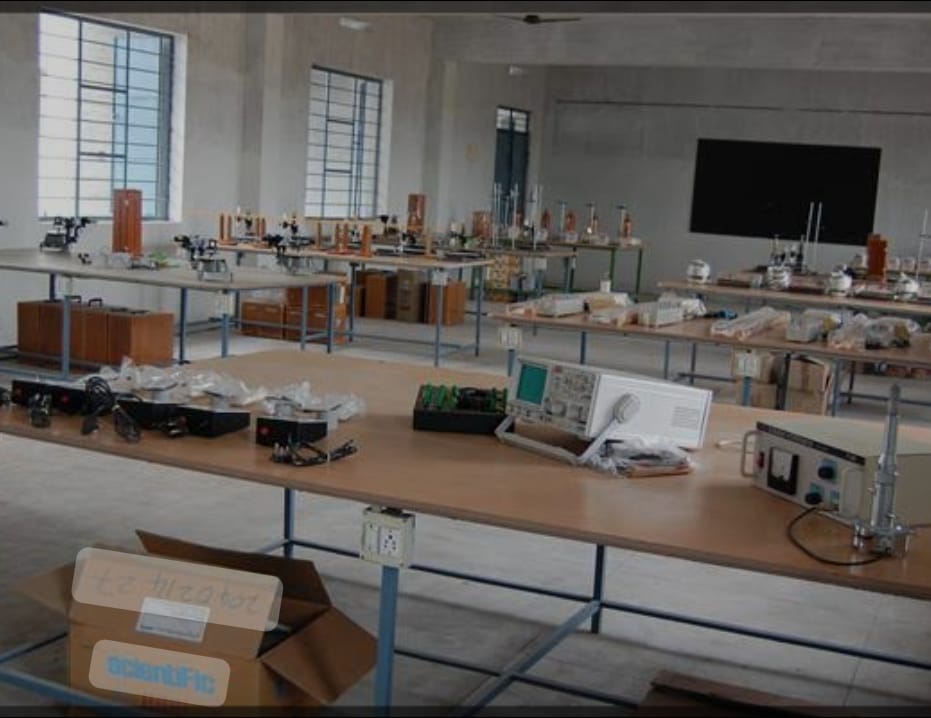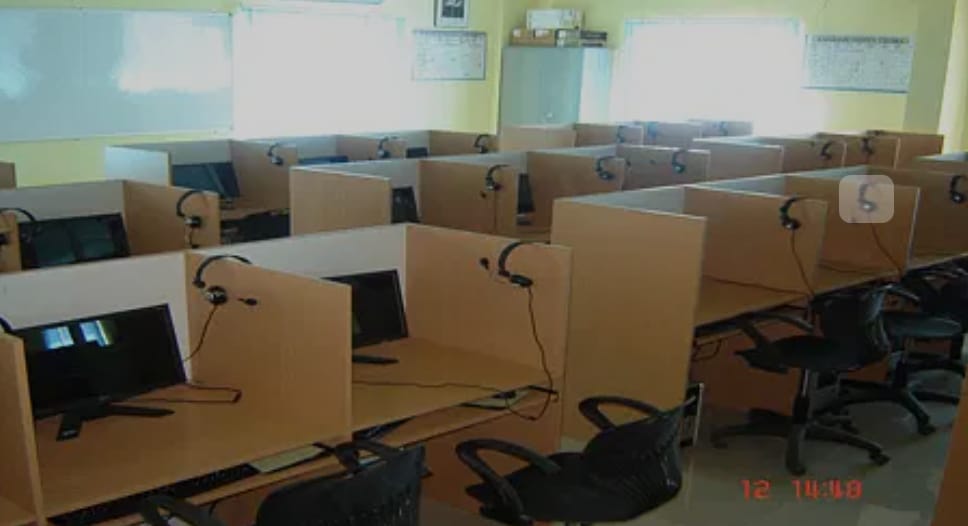latest Exam Results & Notifications :
Vision & Mission
Our Vision :
Academic excellence, skill enhancement and Value enrichment to help the students embrace on life’s journey as on empowered students and we are committed to dynamically integrate the components of Science, Humanities, and Engineering.
Our Mission :
The College aims at providing a learning that integrates body, mind and Spirit. By adapting a need based approach synthesis of academics and ethics innovation in learning methods, and a diversified Curriculum and also to motivate the students and uplift the Rural and Semi– Urban Students in the field of Technology and create in them a complete confidence and also safeguard the economically backward students of the Society.
Welcome to School of Basic Sicences and Humanities
About the Department :

Mr. P. UDAYA KIRAN
Welcome to Department of Basic Sciences and Humanities, The department of Humanities comprises disciplines such as English, Economics and the career development requirements of Placement & Training. It addresses skill gaps between academia and industry requirements by making the students competent in communication and interpersonal skills.
The department has well qualified, experienced faculty consisting of Doctorates, with the others pursuing their Ph.Ds. The faculty consistently strives for professional development by doing quality research, attending and conducting seminars, presenting and publishing papers. The faculty has published research papers in reputed national and international journals.
The department has language laboratories, the Interactive Communication Skills Labs (ICS), and Soft Skills Labs. Orientation for freshers, training for the faculty and students in skill development and life skills, and participation in placement enhancement programmes are undertaken on regular basis. The department also provides effective training to students in anchoring corporate video and major functions. The entire faculty of the department is substantially involved in the placement - related activities of the institute like mock interviews, group discussions and fine-tuning of resume.
S&H Department Faculty
S&H Department Lab Details
Lab Details
English for Skill Enhancement Lab
English is an International language and it is a language of communication and employability. The ultimate objective of English language learning is to get ability to communicate in various contexts and in real life situations. Students should be good at language skills (listening, speaking, reading and writing) along with pronunciation & conversational skills. One can learn English language through practicing, and one can strengthen one’s communication skills by participating in different activities like Group Discussions, Presentations, Debate, Role Plays etc.
English Lab
Applied Physics Lab
Laboratory work is an important part of the process of learning physics where students apply their knowledge practically. It allows students to deepen their understanding and improve their problem-solving techniques, and enables them to take an active part in the enquiry into the natural world. Experiments performed in the physics laboratory play a significant role in understanding the concepts taught in the theory. In all aspects of laboratory sessions, you will be investigating the nature of science. We believe that the best way to do this through hands on experience and laboratory activities. The lab is a place for you to actively engage in the process of science. Along with this goes the importance of writing a lab report. The lab report is not only a write-up for you to share the results discovered during experimentation, but it is also an opportunity for you to analyze your procedure on scientific basis, and correct any mistakes you may have made. Remember that science is imperfect, when we learn new information by trying new things and continuing to ask questions outside of class.
Applied Physics lab plays a prominent role in developing different Engineering courses. Applied physics lab is primarily related to Mechanical, sound, light, magnetism, and Electrical & Electronic based experiments.
Laboratory work is an important part of the process of learning physics where students apply their knowledge practically. It allows students to deepen their understanding and improve their problem-solving techniques, and enables them to take an active part in the enquiry into the natural world. Experiments performed in the physics laboratory play a significant role in understanding the concepts taught in the theory. In all aspects of laboratory sessions, you will be investigating the nature of science. We believe that the best way to do this through hands on experience and laboratory activities. The lab is a place for you to actively engage in the process of science. Along with this goes the importance of writing a lab report. The lab report is not only a write-up for you to share the results discovered during experimentation, but it is also an opportunity for you to analyze your procedure on scientific basis, and correct any mistakes you may have made. Remember that science is imperfect, when we learn new information by trying new things and continuing to ask questions outside of class.
Applied Physics lab plays a prominent role in developing different Engineering courses. Applied physics lab is primarily related to Mechanical, sound, light, magnetism, and Electrical & Electronic based experiments. The present Applied Physics lab is currently divided into 10 different lab experiments. Students must able to perform a minimum of 8 experiments in lab out of given list of experiments in physics lab. The list of experiments which are cited below labeled as follows;
In Torsional Pendulum experiment students try to find the rigidity modulus of the given wire & know the importance of various elastic constants by comparing them practically. Melde’s experiment is related to waves & harmonic oscillations. Students determine the frequency of electrical tuning fork or bar equivalent to A.C. frequency cycle. Stewart and Gee’s method experiment is related to magnetism. They were able to find magnetic induction along the axis of current carrying circular coil. Students gain knowledge of how magnetic induction varies with current carrying coil along the axis.
Applied Physics Lab 
Newton’s Rings experiment is based on concept of interference of light. tudents able to find radius of curvature of Plano convex lens or wave-length of monochromatic light by formation of circular rings known as Newton’s rings. Students on further analysis can also able to know that they can find refractive index of liquid by changing the medium i.e. air with liquid. Students study the applications of interference of light in thin-films, Michelson-Interferometer, complementary colors in soap bubbles & oil layers act as thin films in reflected & transmitted light etc. LED experiment is related to semiconductor devices. LED (Light emitting diode) is a forward biased PN- junction diode works on the principle of Electro-luminescence which converts electrical energy into light energy. Students will calculate the cut-in voltages and forward resistance of various LED’s (different manufacturing materials) by plotting the graph between voltage & current which is an exponential curve or graph & compare their results and on upon further investigation students justify that how LED are useful when compared to ordinary lamp or bulb in terms of electrical rating and power savers. Students know clearly the applications of LED bulbs or lamps in household supply, industries & commercial fields. Solar cell experiment is also related to semiconductor devices. Solar cell is a forward biased PN-junction diode which is quiet opposite to LED works on the principle of Photo-voltaic effect which converts light energy into electrical energy. The main purpose of solar-panels is nothing but to absorb the sun’s rays or light and convert them into heat or electricity. From this Students find the fill-factor by appropriate formula by plotting I-V exponential graph and also they find percentage efficiency of solar cell, Students can able to do mini-project on solar panels or usage of solar cell & can explain its applications in domestic, industry & scientific fields. NA of optical fiberrefers to numerical aperture which is related to fiber-optics experiment. Students calculate acceptance angle and NA of various optical communication cables with trainer-kit and compare them. Students able to differentiate the merits of using optical fibers over co-axial
cables (electrical cables) & know its applications in telecommunication companies to transmit telephone signals, Internet communication and cable television signals. Engineering Chemistry Lab Chemical engineering involves the production and manufacturing of products through chemical processes. This includes designing equipment, systems, and processes for refining raw materials
Advanced Communication Skills Lab
Advanced Communication Skills Laboratory is the sequel to the acclaimed A Manual for English Language Laboratories, and addresses the specific needs of students and teachers in technical and other professional courses. It focuses on reading and writing skills, and integrates these with speaking, listening, and other intra- and inter-personal skills. Besides imparting communication and soft skills, the three-tier evaluation exercises (self-evaluation, peer group evaluation and teacher evaluation) will identify the students' communication skills and help in developing skill sets.

Communication Skills Lab

